TOPCOAT TPU 60 Tape
€25.00
Content:
25 Running meter
(€1.00 / 1 Running meter)
- TPU coated
- Open to diffusion
- Weldable
Dimensions:

25 m X 60 mm

25 m X 60 mm
Rolls per Box
10 Rolls
10 Rolls
Available for immediate delivery | leaves our warehouse within 24 hours on working days
Free Shipping
Total:
Product number:
SW10041.2
- TPU coated
- Open to diffusion
- Weldable
Product advantages
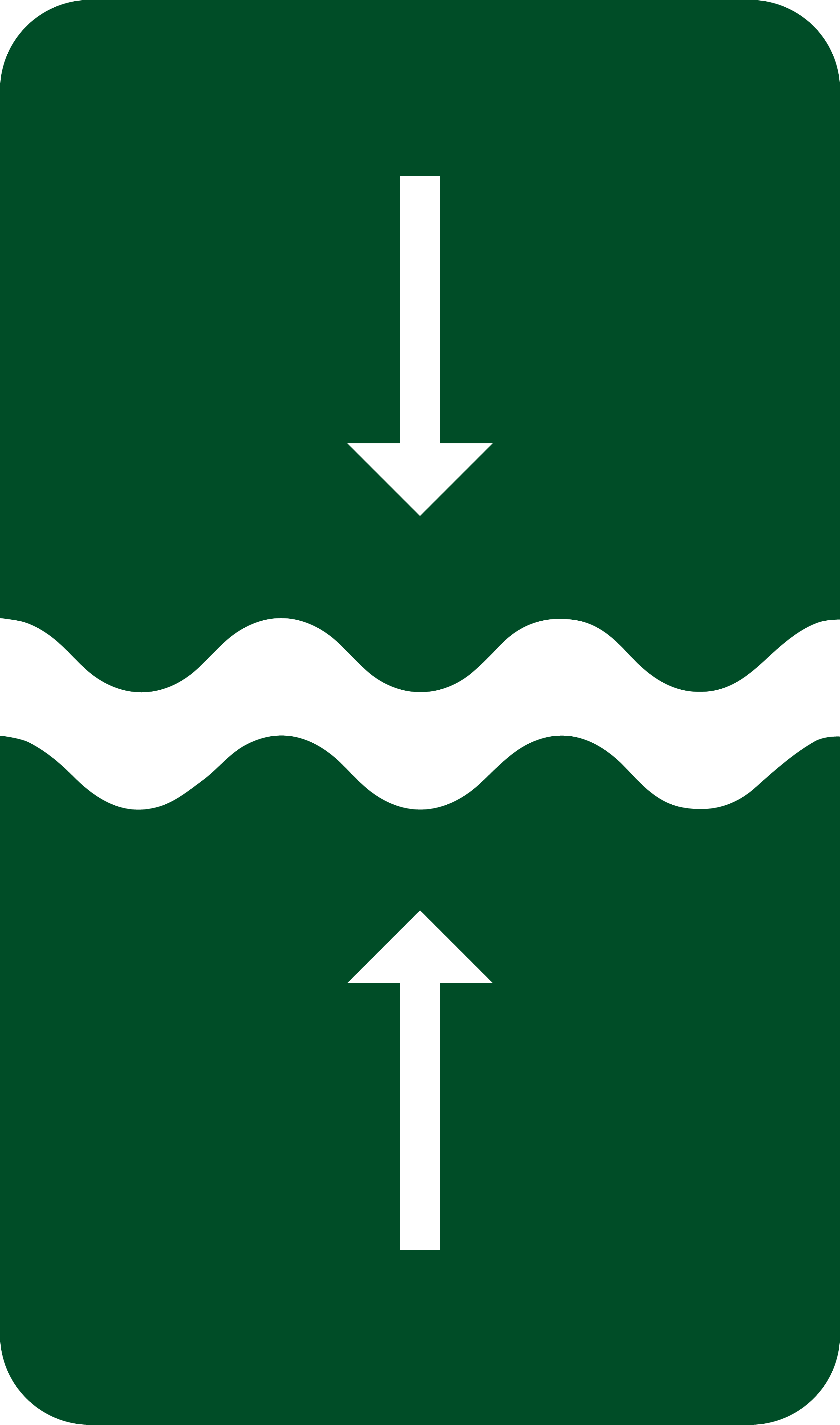
Weldable
Seamless sealing
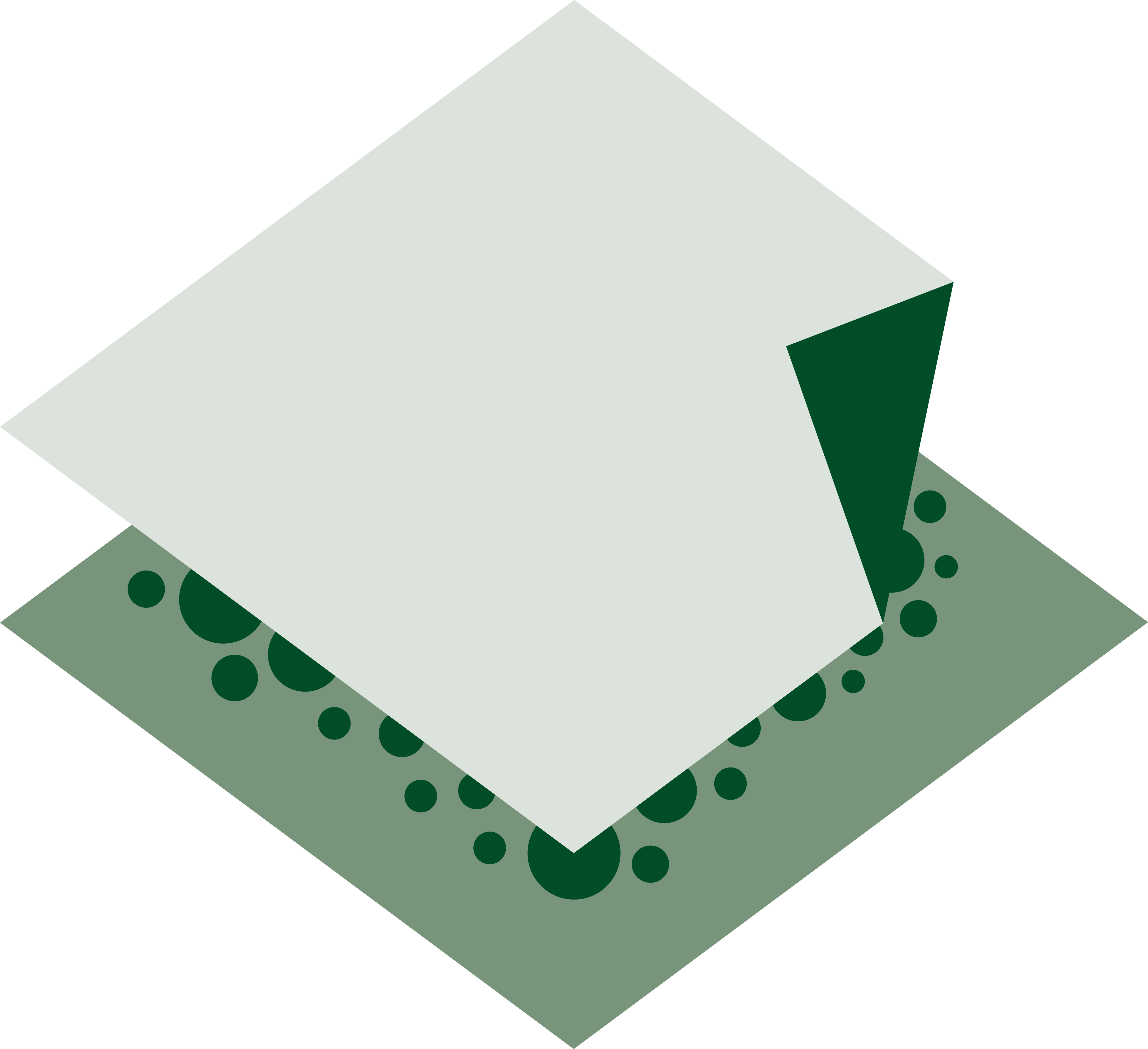
High adhesive strength
Firm hold
.png)
Open to diffusion
Breathable
-
✓WELDABLE AND OPEN TO DIFFUSION - The ALMO TOPCOAT TPU adhesive tape is specially developed to be weldable and permeable, ideal for airtight and watertight seals.
-
✓HIGH ADHESIVE STRENGTH - With 230 g/m² dispersion acrylate, our TPU adhesive tape offers extremely high adhesive strength that adheres reliably to both smooth and rough surfaces.
-
✓TEMPERATURE RESISTANT - The adhesive tape can withstand extreme temperatures, from -40°C to +100°C, and always remains flexible and efficient.
-
✓ROBUST CARRIER SYSTEM - Made from grid-reinforced TPU CoEx film, our adhesive tape guarantees a long service life and high resistance to mechanical stress.
Technical Data
| Features | Weldable, open to diffusion |
|---|---|
| Adhesive | Modified dispersion acrylate |
| Coverage | Silicone paper |
| Functional layer | Polyurethane (TPU) coating |
| Roll length | 25m |
| Width | 60mm |
| UV resistance | 12 months |
| Temperature resistance | -40 °C to +100 °C |
| Processing temperature | -5 °C to +40 °C |
| Characteristics: | Heat-sealable, Diffusion open |
|---|---|
| Adhesive: | Modified dispersion acrylate |
| Cover: | Silicone paper |
| Functional layer: | Polyurethane (TPU) coating |
| Roll length: | 25m |
| Width: | 60mm |
| UV-resistance: | 12 months |
| Temperature resistance: | -40 °C to +100 °C |
| Processing temperature: | -5 °C to +40 °C |
Use for this
Reviews
Login
10 November 2023
tiptop
Kannte sowas von SIKA und habe das hier ausprobiert. Viel günstiger und funktioniert genauso. Die Oberfläche lässt sich sehr gut erhitzen und dann verschweissen mit der TPU Bahn.
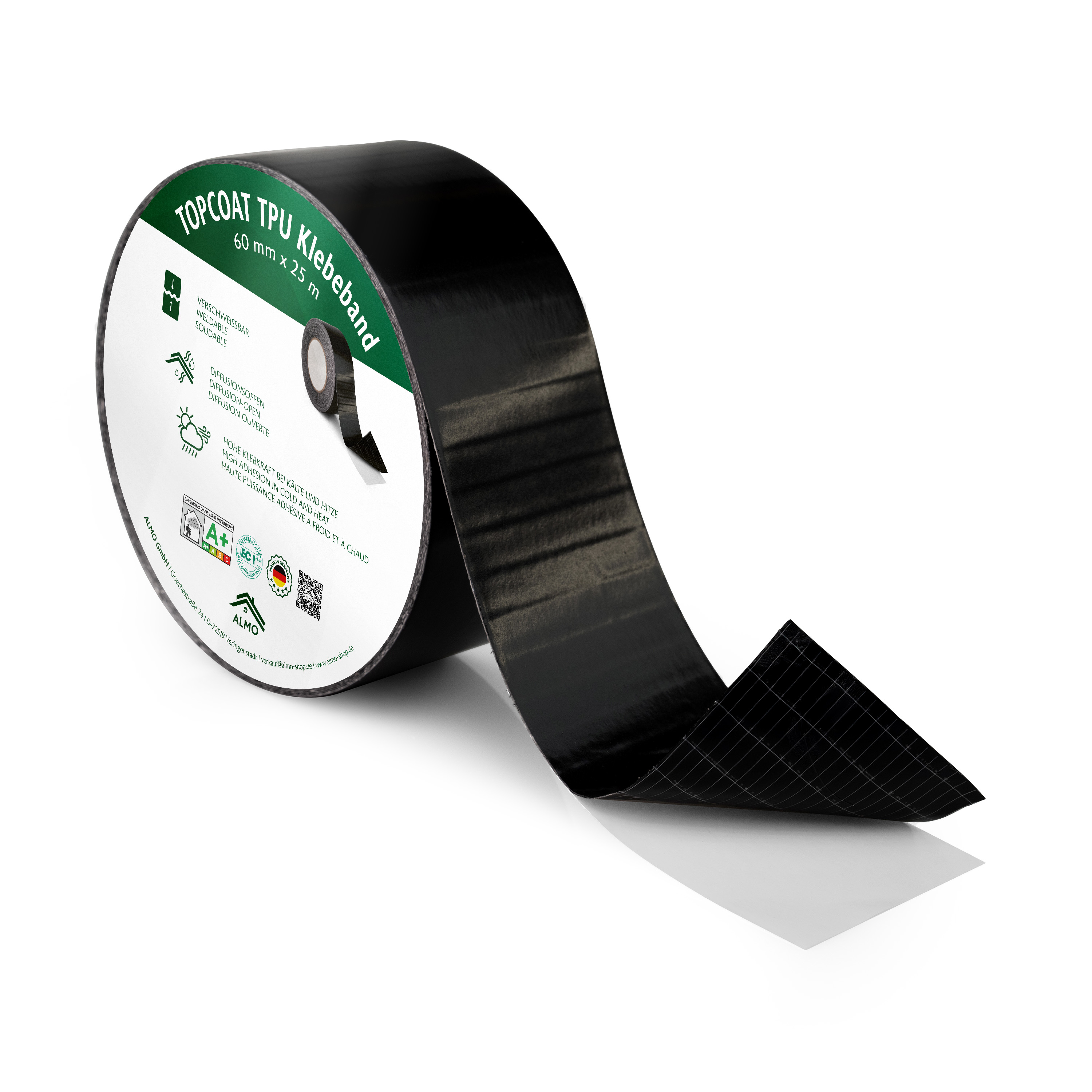


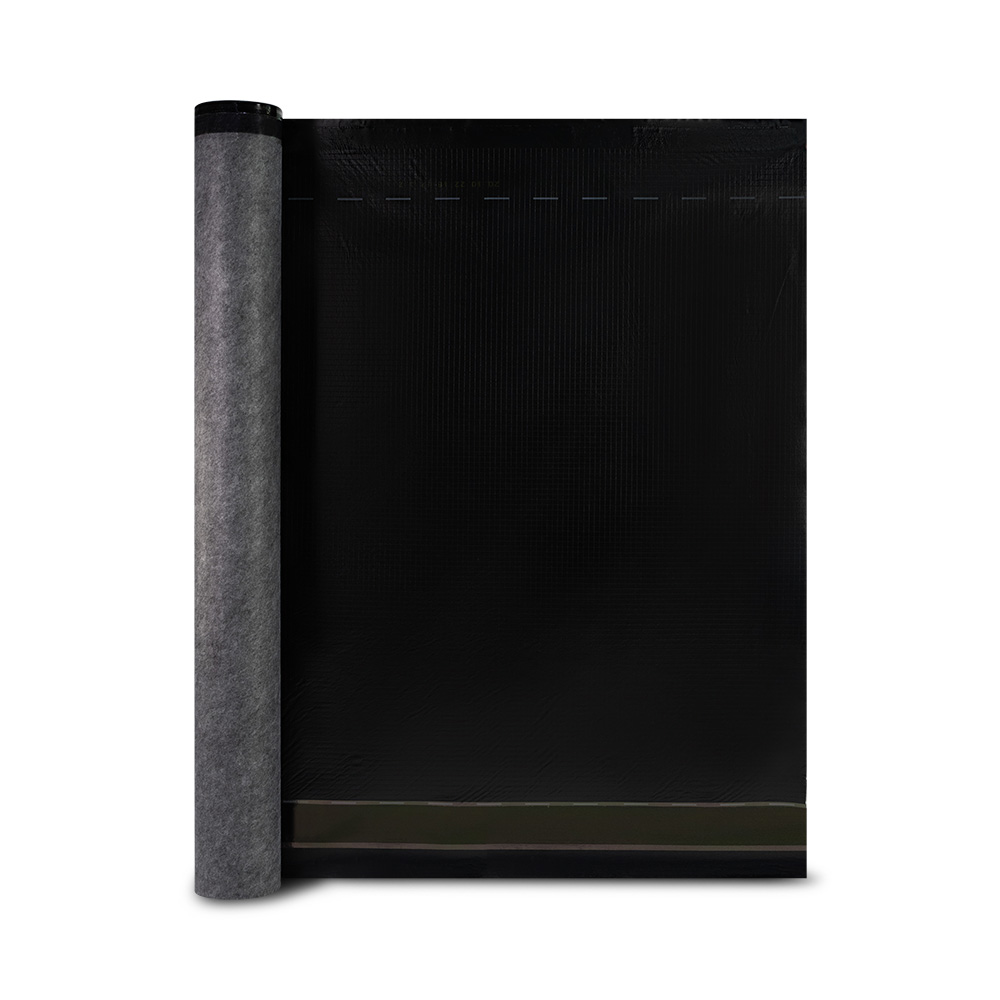

.png)
.png)

.jpg)
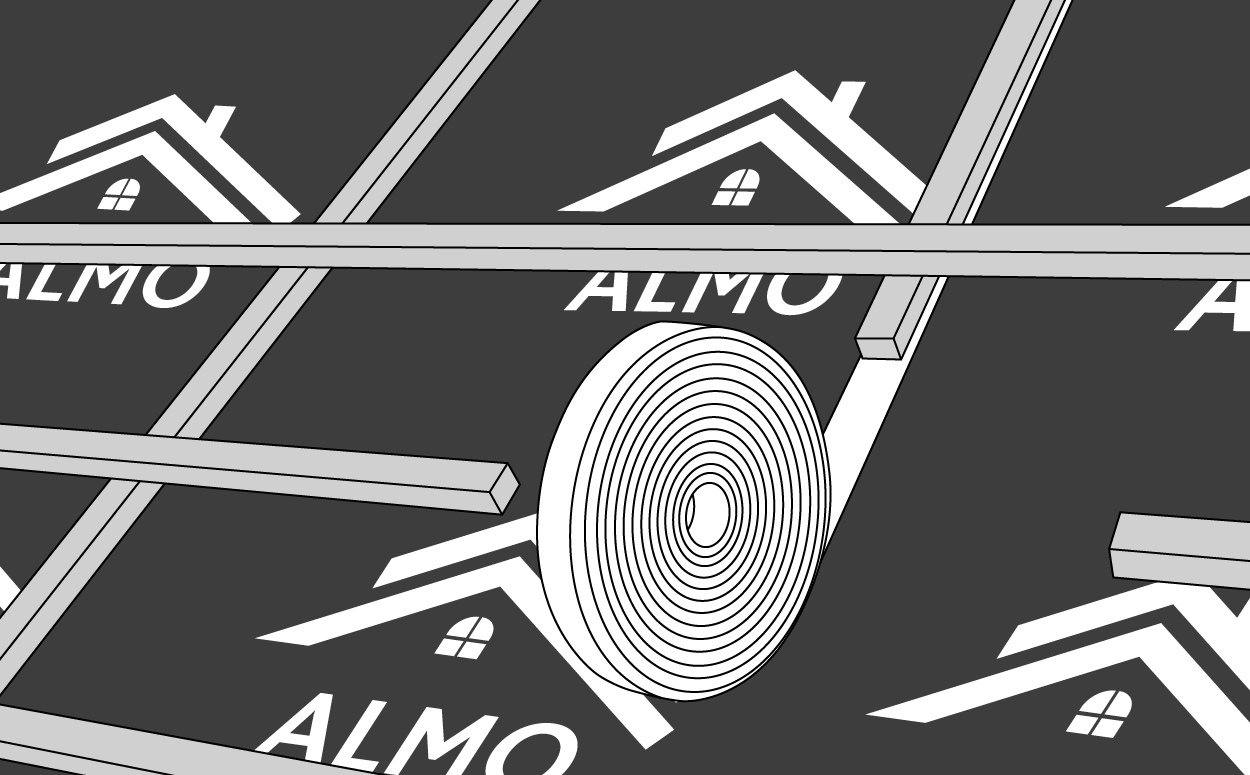
.jpg)


.jpg)